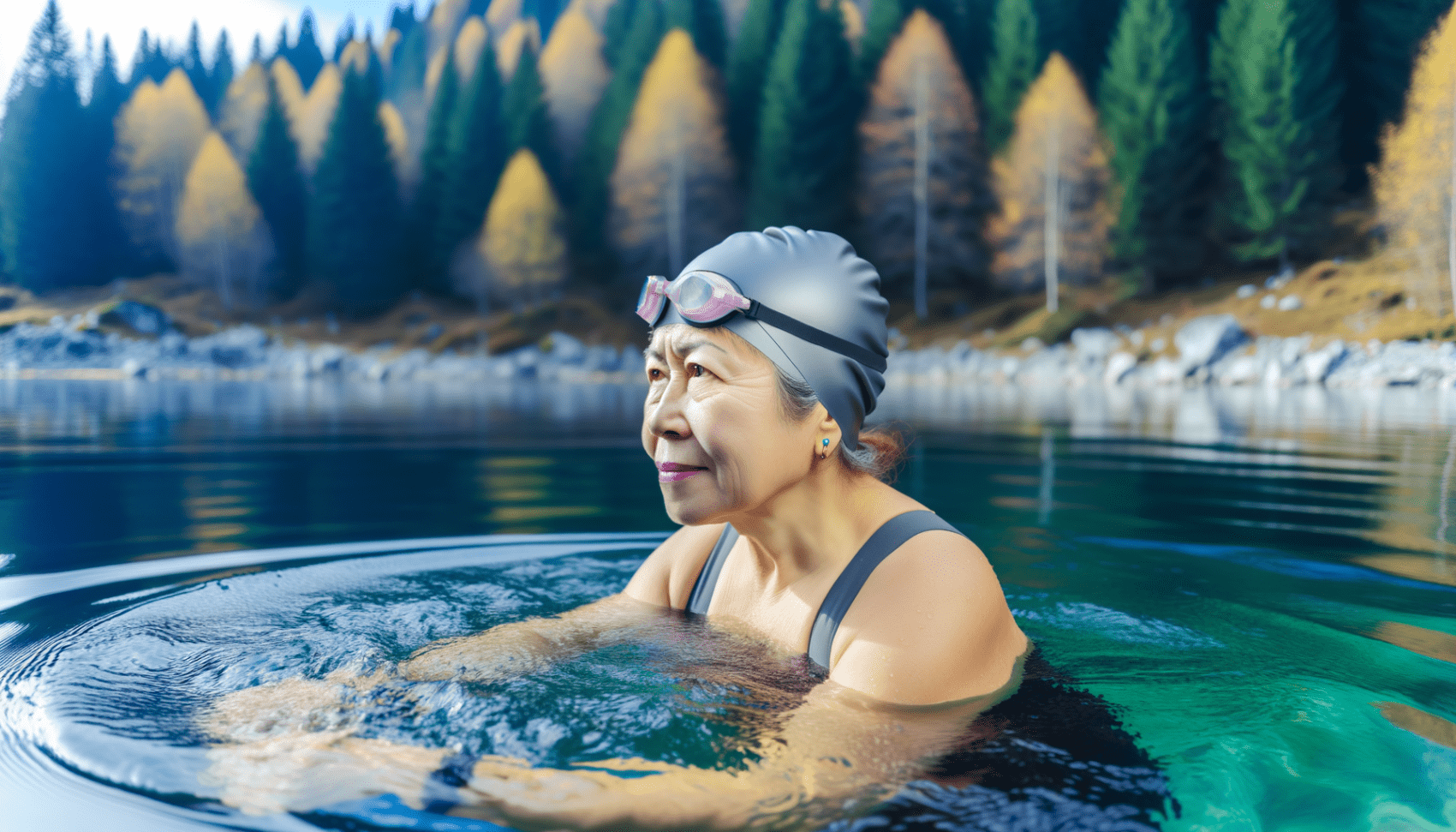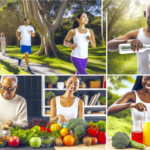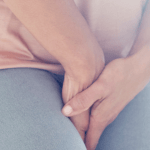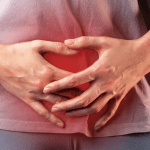Introduction
Understanding Incontinence: A Brief Overview
Incontinence, a term that often carries a heavy cloak of silence, refers to the involuntary loss of bladder or bowel control. It is a widespread issue that affects millions of individuals across various age groups and genders. While it can be caused by a myriad of factors, including but not limited to, muscle weakness, nerve damage, and certain medical conditions, it is not an inevitable part of aging. Innovations in healthcare, such as the Elitone device introduced by Gloria Kolb, offer new hope by simplifying pelvic floor exercises, which are crucial for managing symptoms.
The Emotional and Social Impact of Incontinence
The ripple effects of incontinence extend far beyond physical discomfort. Emotionally, it can be a source of embarrassment, anxiety, and even depression, leading to a significant decline in quality of life. Socially, individuals may withdraw from activities they once enjoyed, fearing an accident in public. This isolation can exacerbate feelings of loneliness and distress. Organizations like the National Association for Continence (NAFC) provide invaluable resources and foster a supportive community that can help mitigate these impacts.
The Importance of Confidence in Managing Incontinence
Confidence plays a pivotal role in managing incontinence effectively. It is the bridge that connects individuals to a life less defined by their condition. With the right knowledge, tools, and support, people can regain control and lead fulfilling lives. Confidence empowers them to seek out solutions, such as the personalized incontinence coaching offered by companies like TenderHeart, and to engage in conversations with healthcare providers to find the best treatment paths. Ultimately, confidence is the key to transforming the challenges of incontinence into daily triumphs.
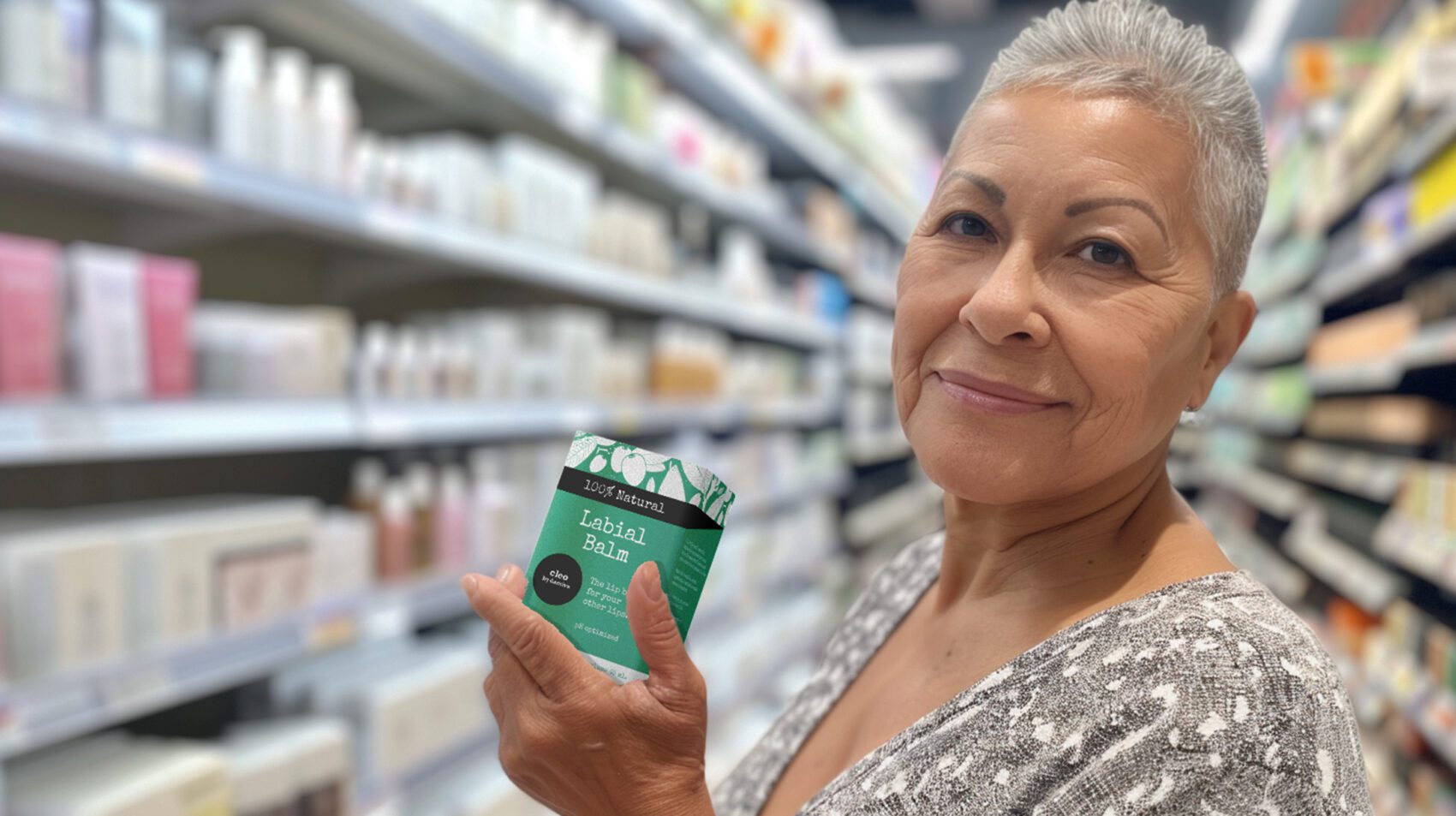
⭐️⭐️⭐️⭐️⭐️
“I needed a product like this for medical reasons. Thanks to this product I was able to do my physical therapy. The formula is very comfortable. It provides the right amount of lubrication. I will continue to use. I’m very happy to have found this because nothing else was working.”
Beatriz E, Cleo Customer
Diet and Nutrition
Foods to Embrace for Bladder Health
When it comes to managing incontinence, diet plays a pivotal role. Certain foods can help strengthen your bladder and improve urinary health. Fruits high in fiber such as pears, berries, and apples can aid in digestion and prevent constipation, which can put pressure on your bladder. Vegetables, particularly leafy greens like spinach and kale, are also beneficial due to their high nutrient content and fiber. Whole grains, like quinoa and brown rice, contribute to overall digestive health, while lean proteins such as chicken, fish, and tofu provide the necessary nutrients without excessive fat.
Foods and Drinks to Avoid or Limit
Some foods and beverages can irritate the bladder and exacerbate incontinence symptoms. It’s advisable to limit or avoid caffeinated drinks such as coffee and tea, as well as alcoholic beverages, which can increase urine production and prompt urgency. Acidic fruits like oranges and tomatoes, spicy foods, and artificial sweeteners may also irritate the bladder. Chocolate and carbonated drinks should be consumed in moderation due to their potential to cause discomfort.
Hydration: Finding the Right Balance
Staying adequately hydrated is essential, but overhydration can lead to frequent urination and leakage. Aim for about six to eight 8-ounce glasses of water daily, but adjust this amount based on your activity level, climate, and overall health. Listen to your body and drink when you’re thirsty, and consider sipping water throughout the day instead of drinking large amounts at once to help manage incontinence.
Supplements and Natural Remedies
Some individuals find relief in natural remedies and supplements. Magnesium, for example, can help relax the bladder muscles, while Vitamin D has been linked to muscle strength, which may benefit pelvic floor health. Pumpkin seeds are rich in omega-3 fatty acids and can aid in bladder function. Before adding any supplements to your diet, consult with a healthcare professional to ensure they’re appropriate for your specific health needs and won’t interact with any medications you’re taking.
By the way, something for you, a little gift!!!
I am just in the middle of publishing my book. It’s about How women can balance their hormones. One part is about food and diet, of course.
Follow this link and enter your email.
I will send you this part of the book for free once the book is published. It has many concrete, practical tips and recipes and will help you feel better during menopause or times of Big hormonal fluctuations.
Annette, Damiva Lead for Health & Wellness

Exercise and Physical Activity
Pelvic Floor Exercises for Strength and Control
One of the most effective ways to manage incontinence is through strengthening the pelvic floor muscles. These muscles support the bladder and help control the flow of urine. Pelvic floor exercises, commonly known as Kegel exercises, can significantly improve bladder control and reduce the frequency of incontinence episodes. To perform Kegel exercises, identify the muscles you use to stop urinating and contract them for three seconds, then relax for three seconds. Aim for three sets of ten repetitions each day. As these muscles strengthen over time, you can gradually increase the duration and intensity of the contractions.
Low-Impact Exercises for Overall Health
While high-impact activities may exacerbate incontinence symptoms, low-impact exercises can be beneficial for overall health without putting undue stress on the pelvic floor. Activities such as walking, swimming, cycling, and yoga not only improve cardiovascular health but also enhance muscle tone and may indirectly support bladder health. These exercises can also aid in weight management, which is important as excess weight can increase abdominal pressure and worsen incontinence.
Incorporating Exercise into Your Daily Routine
Consistency is key when it comes to exercise. Integrating physical activity into your daily life can be simple and effective. Start by setting realistic goals and creating a schedule that fits your lifestyle. Consider short walks during your lunch break, using the stairs instead of the elevator, or participating in a gentle yoga class. Remember to listen to your body and modify exercises as needed to avoid any discomfort. Additionally, using incontinence products designed for active individuals can provide the confidence to stay engaged in your exercise routine without fear of leaks.
By focusing on pelvic floor strength, engaging in low-impact activities, and making exercise a regular part of your life, you can enhance your incontinence management and enjoy greater confidence in your daily activities.

Personal Care and Hygiene
Choosing the Right Incontinence Products
Managing incontinence effectively begins with selecting the appropriate products that not only offer protection but also comfort and discretion. There are various types of incontinence products available, including absorbent pads, protective underwear, and specialized devices like the Elitone Urge, which can help reduce the symptoms of Overactive Bladder. It’s essential to consider the level of absorbency needed, as well as the fit and material, to prevent leaks and ensure comfort throughout the day.
Skin Care Tips to Prevent Irritation
Continuous exposure to moisture can lead to skin irritation and discomfort. To prevent this, it’s crucial to:
- Change incontinence products regularly to keep the skin dry.
- Use gentle, non-soap cleansers that are designed for sensitive skin.
- Apply barrier creams or ointments to protect the skin from moisture.
- Ensure that the skin is completely dry before putting on a new product.
The Role of Intimate Moisturizers
Intimate moisturizers can play a significant role in maintaining skin health in sensitive areas. They help to hydrate the skin and reduce friction, which can be particularly beneficial for those with incontinence. Look for products that are free from irritants and allergens, and consider those that are water-based and pH-balanced to maintain natural skin conditions.
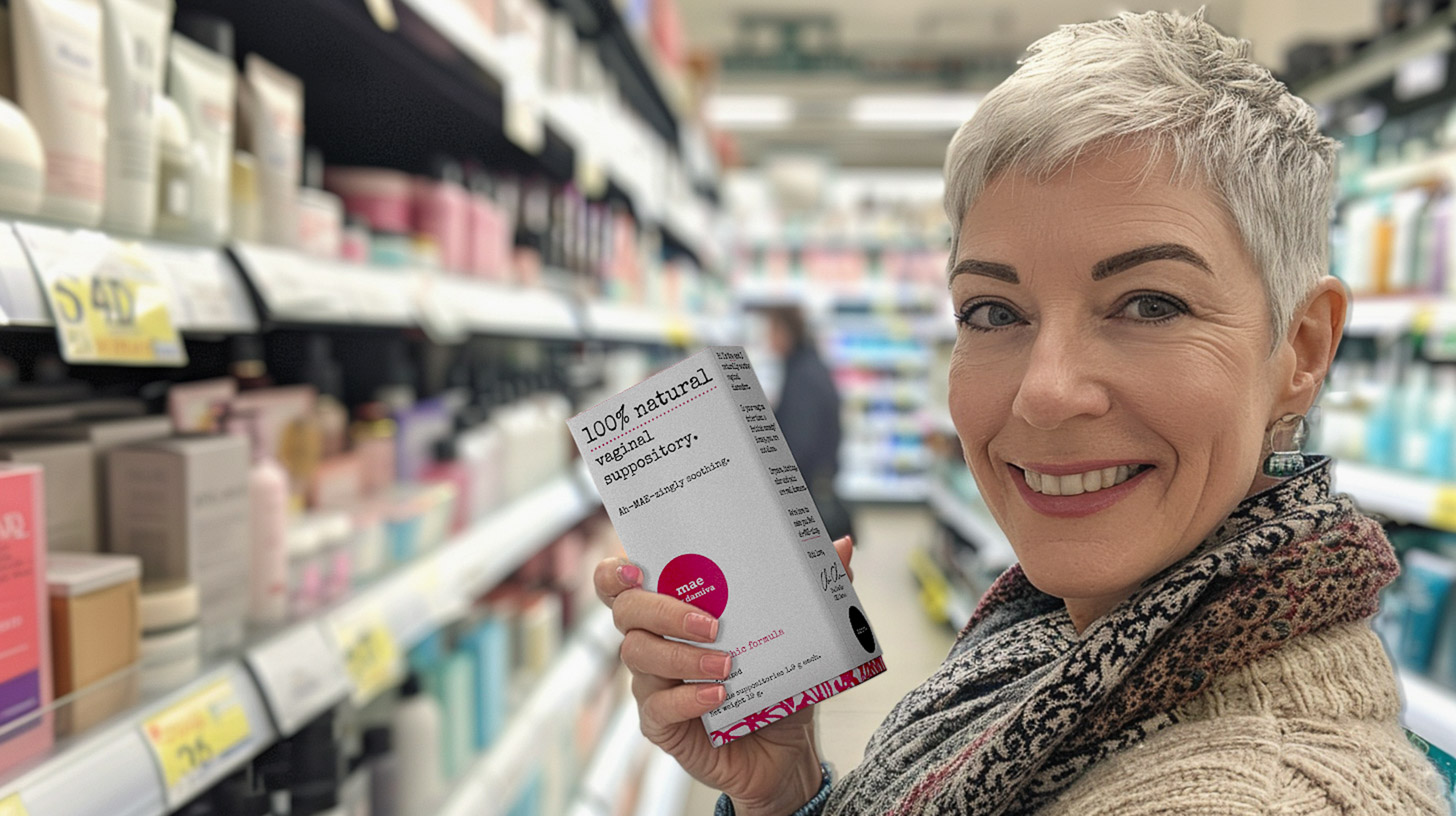
⭐️⭐️⭐️⭐️⭐️ “My biggest symptoms are GSM, and because of Mae, they are mostly addressed. I have lived Mae for almost 7 years, and I endorse it all the time.” Margaret C., Damiva Mae Customer
⭐️⭐️⭐️⭐️⭐️ “I’m in my 60’s and post menopause. My doctor recommended I try Damiva MAE, after taking me off hormones (due to developing cysts). I LOVE it. All natural, no hormones, Great vaginal moisturizer. Easy to insert and pleasant smell. So Thankful for MAE.” Paula, Damiva Mae Customer
Maintaining Hygiene While Being Chemical-Free
Maintaining hygiene is paramount when managing incontinence, but it’s also important to avoid harsh chemicals that can exacerbate skin sensitivity. Opt for hypoallergenic wipes and washcloths that are alcohol and fragrance-free. Additionally, consider using natural fabrics for clothing and bedding to reduce the risk of irritation and allow the skin to breathe.
Mental Well-being and Emotional Health
Stress Management Techniques
Living with incontinence can be a source of stress and anxiety, but managing stress is crucial for both mental and physical health. Techniques such as deep breathing exercises, progressive muscle relaxation, and mindfulness meditation can significantly reduce stress levels. Regular practice of these techniques can help create a sense of calm and control over one’s body and mind. Additionally, engaging in hobbies and activities that bring joy can serve as a distraction from stress and improve overall well-being.
The Power of Positive Thinking and Self-Acceptance
Adopting a positive mindset is essential in coping with incontinence. Positive thinking involves recognizing and challenging negative self-talk, focusing on one’s strengths, and celebrating small victories. Self-acceptance is equally important; it means understanding that incontinence is a medical condition, not a personal failing. Embracing oneself, imperfections and all, can lead to a more content and fulfilling life. Techniques such as affirmations and gratitude journaling can reinforce positive thinking and self-acceptance.
Building a Supportive Community
Isolation can exacerbate the emotional challenges of incontinence. Building a supportive community, whether through in-person support groups, online forums, or social networks, can provide a sense of belonging and understanding. Sharing experiences with others who face similar challenges can offer practical advice, emotional support, and a reminder that you are not alone. Additionally, maintaining open communication with healthcare providers ensures that any concerns are addressed promptly, and progress is monitored.
In conclusion, managing the mental and emotional aspects of incontinence is as important as addressing the physical ones. By employing stress management techniques, fostering positive thinking and self-acceptance, and building a supportive community, individuals can navigate the challenges of incontinence with greater resilience and confidence.
Fashion and Lifestyle Choices
Clothing Tips for Comfort and Confidence
When living with incontinence, the right clothing choices can significantly boost your confidence. Opt for garments that are easy to remove, especially when you need to use the restroom quickly. Elastic waistbands and pants with drawstrings can be practical and stylish options. Additionally, darker colors and patterns can help conceal any potential leaks, allowing you to feel more secure when you’re out and about. It’s also wise to choose fabrics that are breathable, such as cotton, to ensure comfort and reduce the risk of skin irritation.
Layering can be your ally, providing an extra barrier of protection and the option to remove a layer if necessary. For women, wrap dresses and skirts can be both fashionable and functional. For men, dark denim or khakis paired with a casual shirt can offer both comfort and a polished look. Always consider how your clothing will work with your chosen incontinence products, and don’t shy away from carrying an emergency kit with a change of clothes and necessary supplies.
Travel Tips for Stress-Free Adventures
Traveling with incontinence doesn’t have to be stressful. Preparation is key. Before embarking on a trip, research rest stops or bathrooms along your route and at your destination. If you’re flying, request an aisle seat for easier access to the lavatory. Pack a travel kit with incontinence supplies, such as pads or protective underwear, wipes, and a change of clothes. Consider using a waterproof bag for any soiled garments.
Stay hydrated, but be mindful of your fluid intake. Sipping water throughout your journey can prevent overfilling your bladder. Avoid diuretics like caffeine or alcohol, especially before long stretches without bathroom access. If you’re traveling across time zones, adjust your bathroom schedule gradually to align with the new time to maintain your routine.
Social Engagements: Planning Ahead
Attending social events with incontinence can be managed with thoughtful planning. Familiarize yourself with the venue beforehand, noting the location of restrooms to ease any anxiety about urgent needs. Choose an outfit that not only makes you feel good but also provides ease of use and discretion. Inform a trusted friend about your needs so they can offer support if necessary.
Engage in relaxation techniques before the event to reduce stress, which can sometimes trigger the need to urinate. Breathing exercises or visualization can help maintain a calm state of mind. Lastly, don’t let incontinence dictate your social life. With the right preparations, you can enjoy these moments with confidence and ease.
Conclusion
Embracing a Life of Confidence with Incontinence
Living with incontinence can be a challenging journey, but it is one that does not have to be traveled alone. Embracing this condition with confidence is about recognizing that incontinence, while a part of your life, does not define who you are. It’s about finding strength in vulnerability and taking proactive steps to manage symptoms effectively. By incorporating the lifestyle tips discussed throughout this article, individuals can lead a life marked by daily triumphs, not defined by the constraints of incontinence.
Continuing the Conversation: Resources and Support
Continuing the conversation about incontinence is vital for breaking down stigma and building a supportive community. There are numerous resources available for those seeking advice, support, or simply a space to share their experiences. Organizations such as the Family Caregiver Alliance and the National Alliance for Caregiving provide valuable information and links to support groups. Professional care providers, including neurologists and urologists, are also key allies in managing incontinence. They can offer tailored advice and treatment options to help maintain control over bladder health and improve quality of life.
Final Thoughts on Daily Triumphs Over Incontinence
In conclusion, the journey to overcome the challenges of incontinence is deeply personal, yet universally inspiring. By understanding the condition, engaging in physical activity, adopting a bladder-friendly diet, and utilizing the right incontinence products, individuals can experience significant improvements in their daily lives. The emotional and social impacts of incontinence are real, but with the right mindset, support, and resources, it is possible to live a fulfilling life. Remember, incontinence may be a part of your story, but it does not have to be the narrative. With each small victory, you are reclaiming your independence and writing a story of resilience and empowerment.



